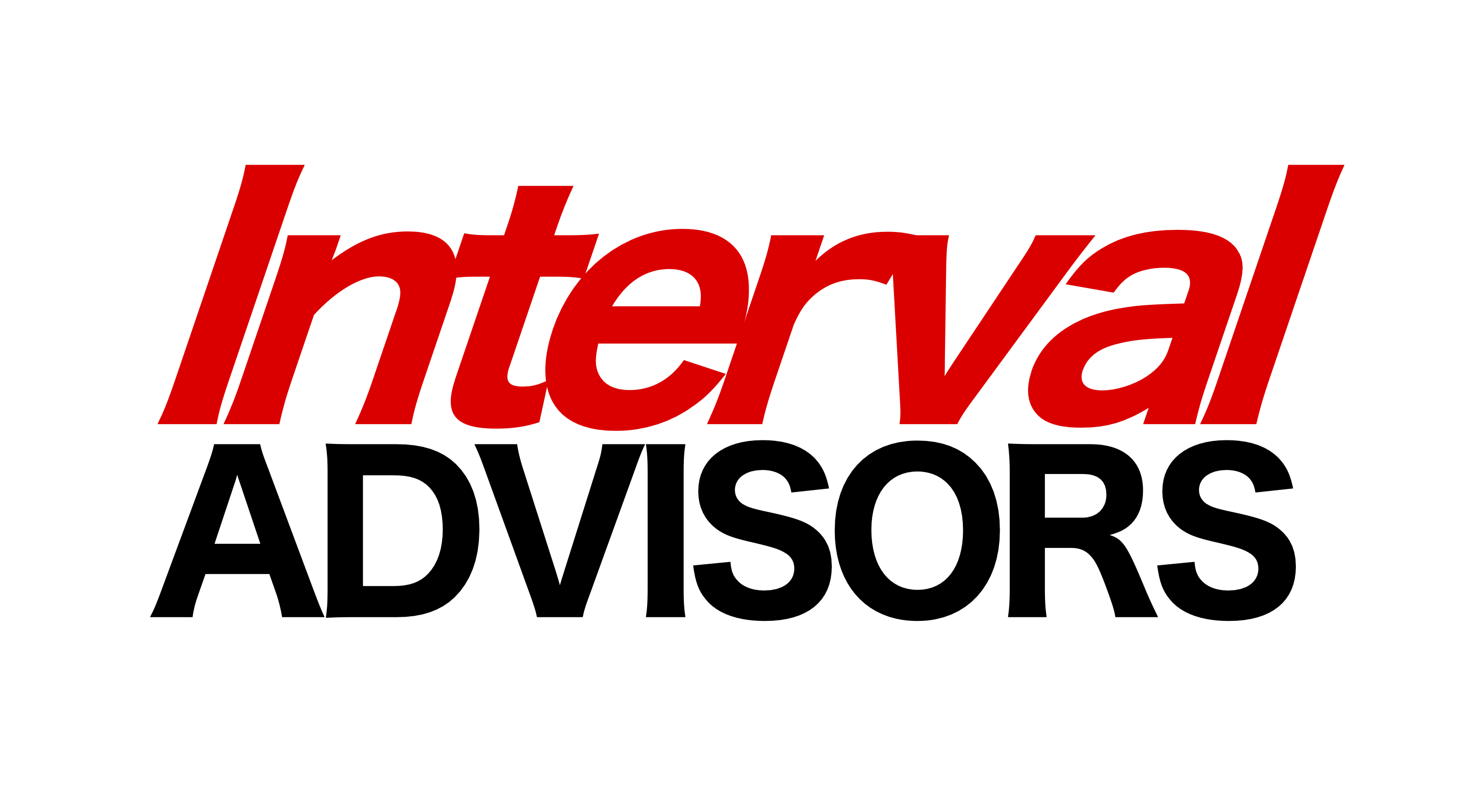
Your roadmap is a plan for delivering the capabilities laid out in a business case. It has strategic intent built on market insight and good governance.
Delivering that strategic intent becomes increasingly complex as your business scales. The more you scale, the more constrained you become.
And the more constrained you are, the harder it becomes to define a roadmap that satisfies those constraints. Eventually, you get stuck.
Everyone has constraints
Your constraints limit your roadmap:
- Time. Contracts, schedules, and first-mover advantages all obligate you to deliver against your roadmap under time constraints.
- Capital. Having less capital reduces your velocity of delivering new capabilities. Paradoxically, it can also force you to accelerate your schedule to demonstrate growth before capital runs out.
- Resources. Not having the right people where and when you need them will slow you down. So can bad attrition, when your good talent decides to leave. And your people may be good performers who lack the skills to do what you need in the future.
- Commitments. Some customers require unique features. They won’t buy unless you commit to delivering. And once you commit, you need to relax or deprioritize some other constraint.
- Technical debt. Every component of your offering is a depreciating asset. These pair with hidden liabilities that represent future obligations to replace them. And when these obligations come due, they force you to reprioritize.
- Competitive threats. The emergence of threats is outside your control. But you are obligated to respond with new capabilities. And these will require you to deprioritize something else.
- Compliance. Regulators can force you to prioritize their requirements if you want to stay in business.
- Disruption. Sometimes your entire business model is at risk. Disruptors have fewer features, adding more to your offering won’t help. You need to transform. And this constrains your ability to do other things.
They are always evolving
Your roadmap inherits all the constraints of your business. But only one at a time is “binding”, the one actually limiting your growth.
And this is where your roadmap needs to focus. Prioritizing non-binding constraints won’t help.
You will get unstuck briefly after you address a binding constraint. Then a different one becomes binding, and you get stuck again. And the cycle repeats.
You must continuously identify binding constraints and prioritize your roadmap against them to keep growing.
Create a better roadmap, or you’ll stay stuck
Organizations stuck in immaturity can’t manage their constraints.
They may be unaware of their binding constraint. Or they haven’t prioritized it. Sometimes they know what it is, but don’t know how to respond.
The more you’ve scaled, the more constraints you have to manage. Until you can’t, and you get stuck at the level of your immaturity.
Then you either mature, or you stay stuck.
Mature practices allow you manage more constraints.
They increase your awareness. Help you prioritize and focus. Allow faster and more effective responses that take you farther and higher.
They help you find a better roadmap through your constraints that unlocks growth.
And the ability to produce better roadmaps over and over again is what unlocks value creation.
